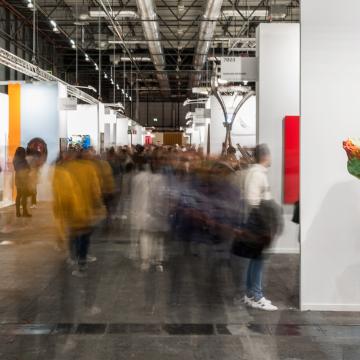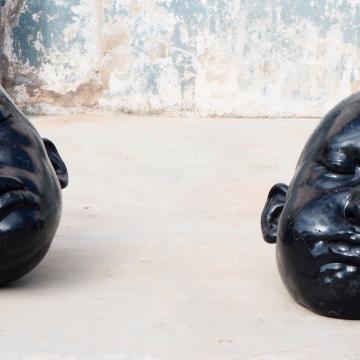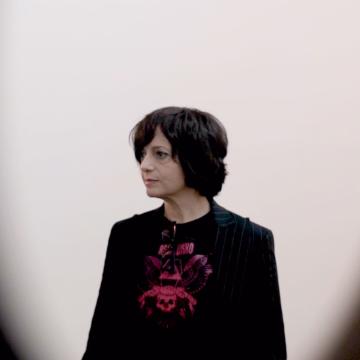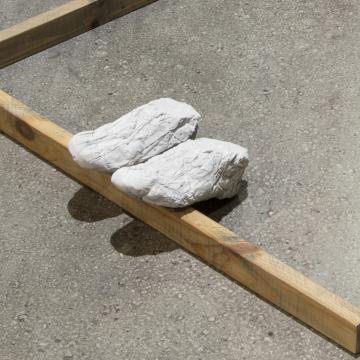Since opening on the 17th of April, Espacio Iberia has welcomed dozens of guests with one thing in common: their infinite talent. Talent that has inspired all the people who have sat there to listen to them.
Juana de Aizpuru
“I’ve always wanted to be the protagonist of my time”
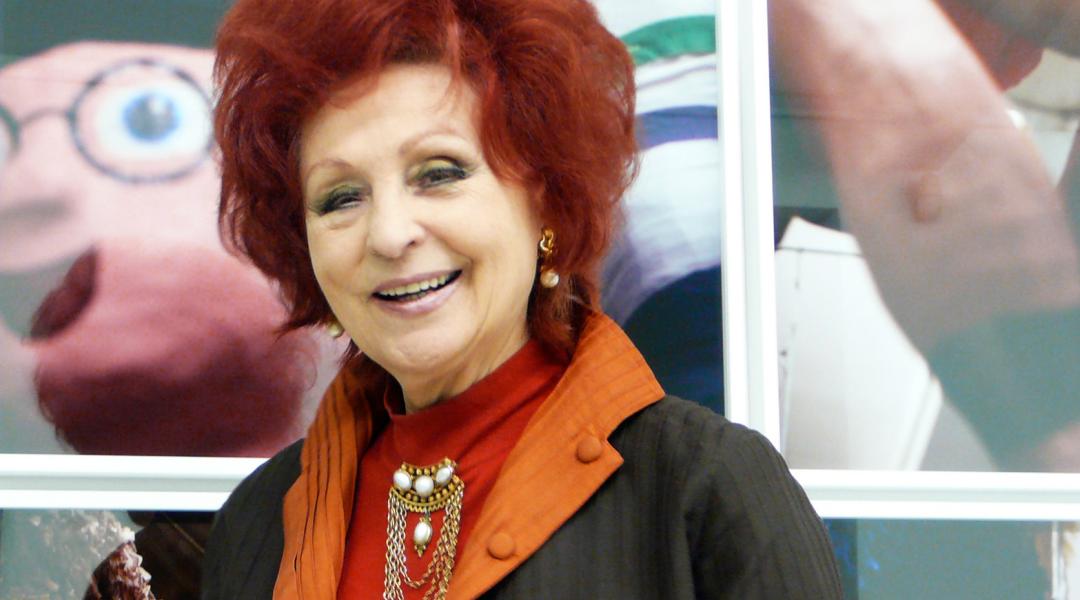
She conceived ARCO, as well as many of the great contemporary art exhibitions that have been shown in Spain over the years, from Sol Lewitt to David Hockney to Andy Warhol. We are talking about Juana de Aizpuru, a gallery owner and art collector —regarded today as an iconic figure in Spanish culture — who, in the midst of the political transition, endeavoured to introduce Spain into the international art scene.
Juana de Aizpuru (Valladolid, 1933) was born at the beginning of the 1930s in one of the most conservative cities in Spain at the time. A mere anecdote keeping in mind the personality of a woman who has always been two steps ahead of her time. She opened her first gallery in Seville in 1970 and since then has been committed to art. She was one of the first to defend artistic photography when it was still invisible; she supported collecting contemporary art in a cultural reality entrenched in the classics and founded the first proper Spanish art fair, ARCO, during the death throes of the Transition, contributing to the introduction of international Avant-garde and the export of Spanish talent beyond our borders.
Today, this unmistakable and iconic redheaded gallery owner is still committed to the cause of art at her gallery on Calle Barquillo in Madrid, where she regularly exhibits works by names such as Alberto García-Alix, Wolfgang Tillmans, Jean-Marc Bustamante, Cristina García Rodero, Philipp Fröhlich or Andrés Serrano. We managed to steal a few moments to chat to her a few days before ARCOmadrid 2020, where she will present a selection of her artists’ work, as well as a collection of pieces by the deceased Miguel Ángel Campano, National Plastic Arts Award 1996.
You’ve always been a step ahead of your generation. What keeps your mind open?
More than looking out, I’ve always looked inward, adapting my life to my feelings and my desire to fulfil myself. I don’t like to sit, and watch life go by; I’ve always wanted to be the protagonist of my time. For this reason, I’ve always asked myself what was the best that I could do for others, for society, for my trade, for my artists and for art in general. Reconsidering and reflecting is how I’ve realised what I had to do at each moment.
Where does the value of a work of art lie for you?
In its quality, of course. Price is something else. Value and price don’t always go hand in hand. There are valuable works that never reach a high price, while there are pieces with very little value with disproportionate prices. For example, an artist that is in demand can afford to raise the price of his work, but that doesn’t mean that it’s connected to its real value.
And what makes a good gallery owner stand out?
Their vocation. This is a hard job that requires absolute dedication, with no days off. You have to give more than you take, in financial terms. You get a lot of personal satisfaction, though. But if it weren’t for my love of art, my gallery and my artists, all this effort obviously wouldn’t be worth it. More than effort it’s the sleepless nights for it to work, for it to go as well as possible.
“If it weren’t for my love of art, my gallery and my artists, all this effort obviously wouldn’t be worth it”
In fact, you still don’t miss a single fair.
We go to many every year. I’m the one that puts together the stand, organises it, plans it... For example, I usually draw a floorplan where I place the pieces and change the distribution again and again until it fits perfectly. So, each piece has its own place before even reaching the space.
You’ve held exhibitions for artists such as Sol Lewitt, Richard Hamilton, David Hockney, Man Rayo Robert Raushenberg. Even Andy Warhol’s famous Marilyn has been at your gallery. Has anyone ever said no to you?
Of course, I’ve been rejected! Not very often, to be fair (laughs). But yes, logically I’ve received some negative responses.
From whom, for example?
I’d rather not say.
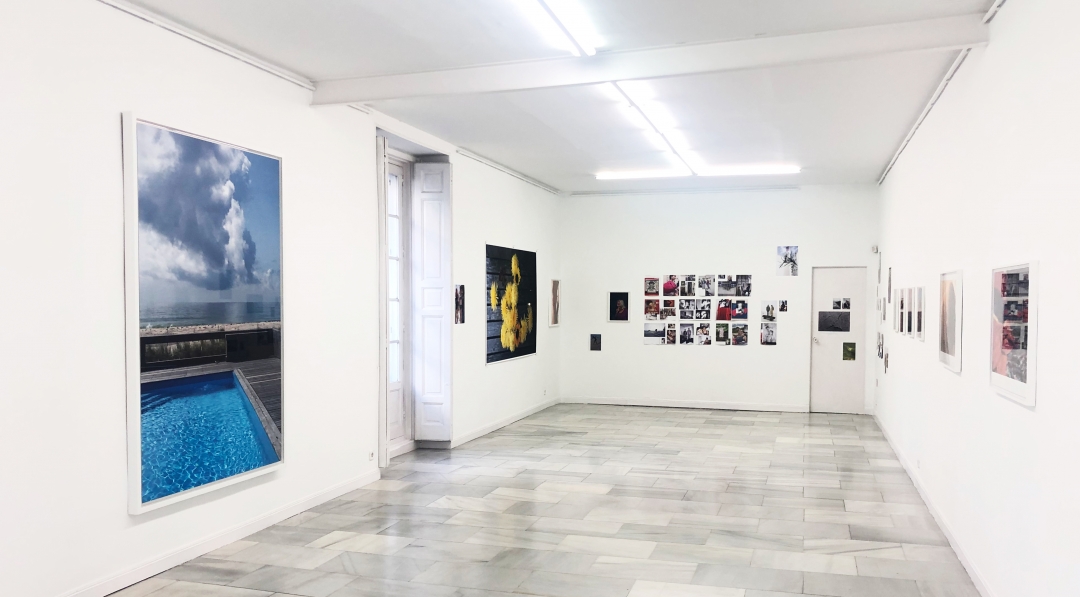
Wolfgang Tillmans exhibition at Galería Juana de Aizpuru. Madrid, 2019. © Courtesy of Galería Juana de Aizpuru
This year you celebrate half a century as a gallery owner. Do you think it’s harder to set up a good gallery today than when you opened your first space in Seville?
Today you need to make a bigger intellectual effort. Currently, art is very globalised, and you have to be aware of what’s happening worldwide. When I opened my contemporary art gallery, it was limited to Europe and New York, so it was very easy to know what was happening. After that, it expanded to include Latin American countries and, of course, it became harder. Then came Asian art and, recently, African art. Now, to set up a gallery you need more planning and to be researching constantly, if not, it becomes hard for you to value the work of your own artists and place them in the world of art.
You began working at a time when it was uncommon for women to be gallery owners. Nevertheless, times have changed in the last few decades.
In my time there were some, like Juana Mordó, with whom I had a great relationship, but there weren’t as many as there are now. I’ve always thought that in this country, to be a gallery owner you must be very generous, nobody would open a gallery in Spain to become rich. You have to be very altruistic and I think that, in that sense, women are more romantic. A friend of mine who owns a gallery in New York said to me: “If you know an exhibition won’t sell, why do you have it?”. In my case, because I feel that it’s my duty, that’s why I never exhibit thinking about the sales. If I only did exhibits to sell, I’d be doing the same as everyone else. Men, on the other hand, think of things more like a business, like a job.
“To be a gallery owner you must be very generous; nobody would open a gallery in Spain to become rich”
What motivated you to set up a fair like ARCO in Spain?
When the idea of hosting a fair in Spain came to me, I knew that it would be well received, because I had a clear idea of what I wanted the fair to be. In the 80s, those of us from the Transition generation knew that this was an extraordinary time for this country, and that we had to make the most of the circumstances. We did wonderful things. It was an exemplary time where Spain attracted the attention of the world because of how it changed.
During that time, I started travelling a lot and didn’t miss a single art event in Europe, because I’ve always known that art is universal. When I saw the fairs in Basel and Cologne, I realised the extraordinary possibilities that they had there, and how fantastic it would be to host an art fair in Spain. I couldn’t think of anyone who could do it, so I said to myself: “I’ll do it”.
What goals did you set yourself then?
Each fair must adapt to the needs and peculiarities of the city where it’s held. In Spain, what we most needed then was cultural development; to introduce international art here and for those that came to also know Spanish art and to export it abroad. At ARCO, I wanted the masters of the art world but, of course, who was going to come to a new fair in Madrid just because they were guests? So, I organised a series of talks where commissioners and gallery owners told the audience about their big exhibitions and projects. That was something that everyone wanted to come to! ARCO was, in fact, the first fair to include cultural activities in its programme. And that’s how it all started.
Any anecdotes you remember from that time?
I remember that during the third edition, the then-director of the Bordeaux Museum said to me while walking along the fair’s corridors: “Juana, FIAC sells a lot, but things are happening here and we’re all witnesses”. That’s such a nice thing to say, right?
Despite the efforts of institutions and gallery owners, contemporary art is still a mystery for most Spaniards. Why do you think this is?
In Spain, contemporary art has always been for the few. Now we’re fighting for this circle to expand. But for this to happen, you need an environment where culture is fundamental, and the problem is that, lately, not even the politicians talk about culture in their election manifestos. In any case, I think that something is changing. Lately, for example, we’ve had an exhibition by Cristina García Rodero and the amount of people who have come to see it is incredible. Even people who aren’t used to coming to galleries have come and asked at the door if they had to pay. So, I think that contemporary art is sparking more and more interest and there are people willing to get to know it.
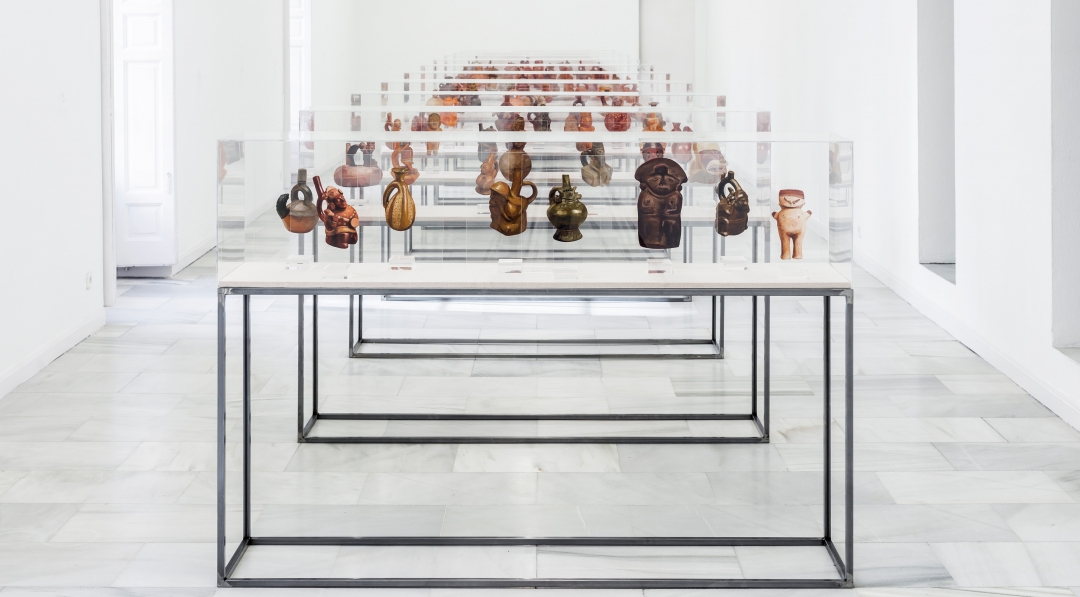
‘Rojho Indio’ exhibition, by Sandra Gamarra, in Galería Juana de Aizpuru. On 2018. © Courtesy of Galería Juana de Aizpuru
